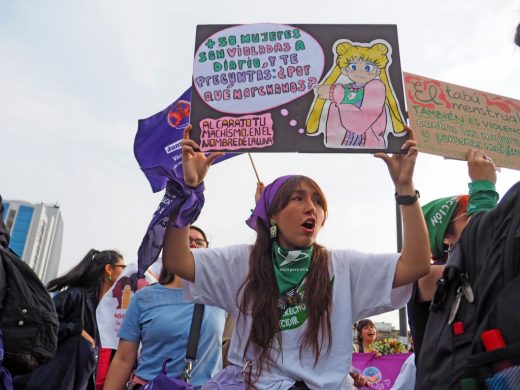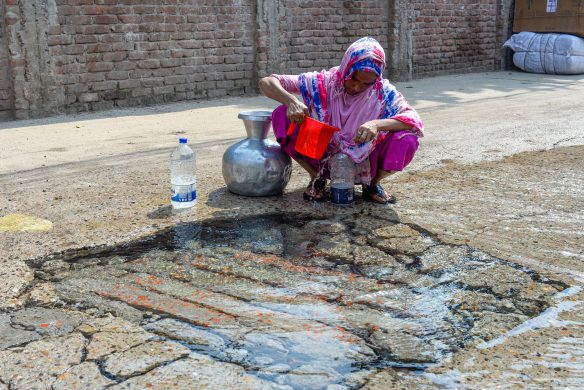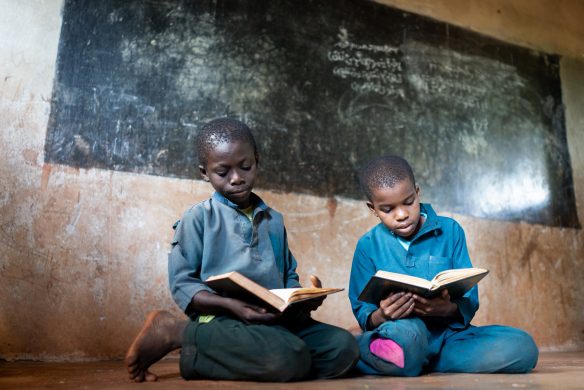NEW YORK, 6 April 2017 (UNDP): The socio-economic cost of the recent spread of the Zika virus in Latin America and the Caribbean will total an estimated US$7-18 billion (49 – 126 milliarder kroner, red.) between 2015 and 2017, according to an impact assessment launched today by the United Nations Development Programme (UNDP), in partnership with the International Federation of Red Cross and Red Crescent Societies (IFRC).
The new report, “A Socio-economic impact assessment of Zika virus in Latin America and the Caribbean: with a focus on Brazil, Colombia and Suriname” provides an up-to-date analysis of the socio-economic and human development implications of the epidemic.
With research on the Zika virus still on-going, there continues to be considerable uncertainty surrounding the spread and medical conditions associated with the virus. That said, the report clearly concludes that the Zika epidemic will have significant short and long-term impacts in the economic and socials spheres in the Americas.
Kan underminere årtiers sociale udvikling
“Aside from tangible losses to GDP and to economies heavily dependent on tourism, and the stresses on health care systems, the long-term consequences of the Zika virus can undermine decades of social development, hard-earned health gains and slow progress towards the Sustainable Development Goals”, said Jessica Faieta, UN Assistant Secretary-General and UNDP Director for Latin America and the Caribbean.
Presenting the report, Magdy Martínez-Solimán, UN Assistant Secretary-General and Director of UNDP’s Bureau for Policy and Programme Support stated, “Zika reminds us that all countries and peoples remain vulnerable to emerging infectious diseases, and that a disease that primarily affects poorer populations has wide-ranging social and economic implications for entire communities, regions, and nations."
Zika disproportionately affects the poorest countries in the region, as well as the most vulnerable groups within each country. While there have been concerted efforts by all three focus countries to control the spread of Zika, the report shows that national responses to the virus in the region have faced several challenges, including modest capacity in surveillance and diagnostic systems, prevention efforts, resource allocation and coordination. Persistent social disparities and unequal health service coverage have made it difficult for national responses to reach the most vulnerable groups.
“The Zika virus has highlighted, once again, the critical role that communities and local health workers play during health emergencies,” said Walter Cotte, IFRC Regional Director for the Americas. “Putting resources towards community engagement to the Zika response can lead to stronger local partnerships, boost resilience, build leadership and help reduce stigma. For this, we must continue to promote coordination at all levels and strengthen the Red Cross’ role as an auxiliary to public authorities.”
Caribien er hårdest ramt
The Caribbean is the most affected, with an impact five times that of South America. More than 80 percent of the potential losses over three years are due to reduced revenues from international tourism, with the potential to reach a total of US$9 billion over three years or 0.06 percent of GDP annually.
Larger economies such as Brazil are expected to bear the greatest share of the absolute cost, but the severest impacts will be felt among the poorest countries. Haiti and Belize stand to lose as much as 1.13 and 1.19 percent respectively of GDP annually in the high infection scenario. Indirect costs could be substantial. Estimates suggest lost income due to new child-care obligations will potentially reach between half a billion and $5 billion for the region.
The impact assessment concludes that regional and national preparedness and response strategies need to be strengthened, and must involve communities. As recently seen with Zika and yellow fever, epidemics spread by mosquitos can quickly expand and governments and communities must be ready to respond.
The sizable economic cost of Zika highlights the need to control the Aedes aegypti mosquito in an integrated and multi-sectoral manner, considering that dengue, chikunguya, yellow fever and Zika are all spread by the same mosquito type. Addressing the conditions that encourage vector proliferation can prevent not only Zika, but also other epidemics.
In addition, the report strongly recommends that protection programmes and care systems must be adapted and strengthened to reach those most in need, including women, girls and persons with disabilities. The promotion of gender equality and sexual and reproductive health are imperative for any Zika response to be effective.
Prevention and preparedness to Zika and other outbreaks will be at the center of the upcoming G20 Summit in July, which will focus on health emergencies and crisis management.
*The report is available in English, Spanish and Portuguese in www.undp.org/zika and www.ifrc.org















